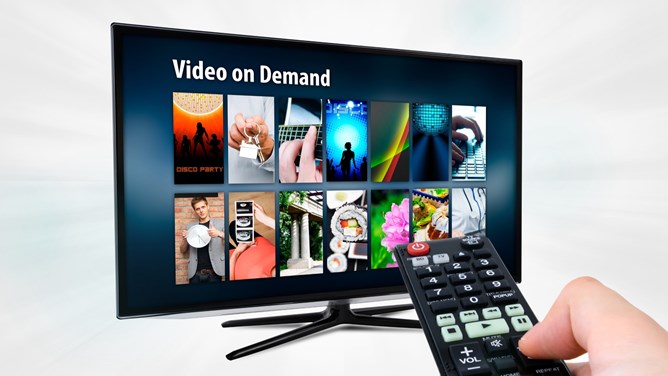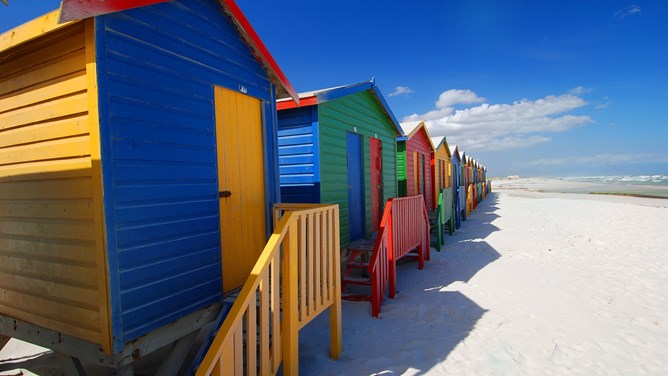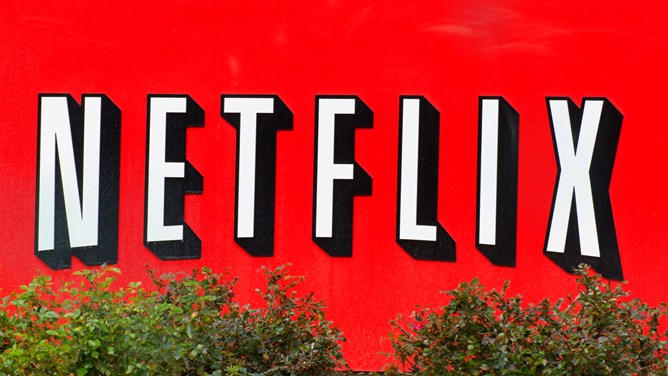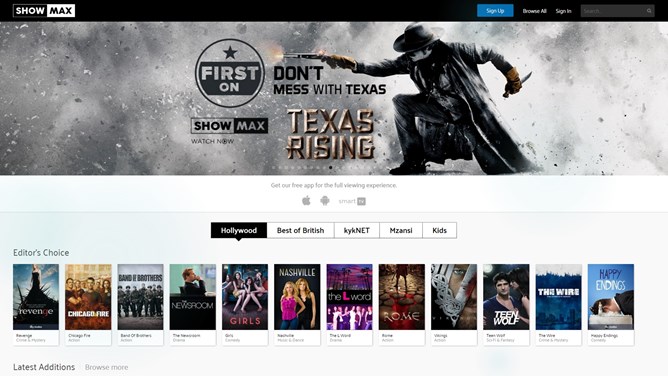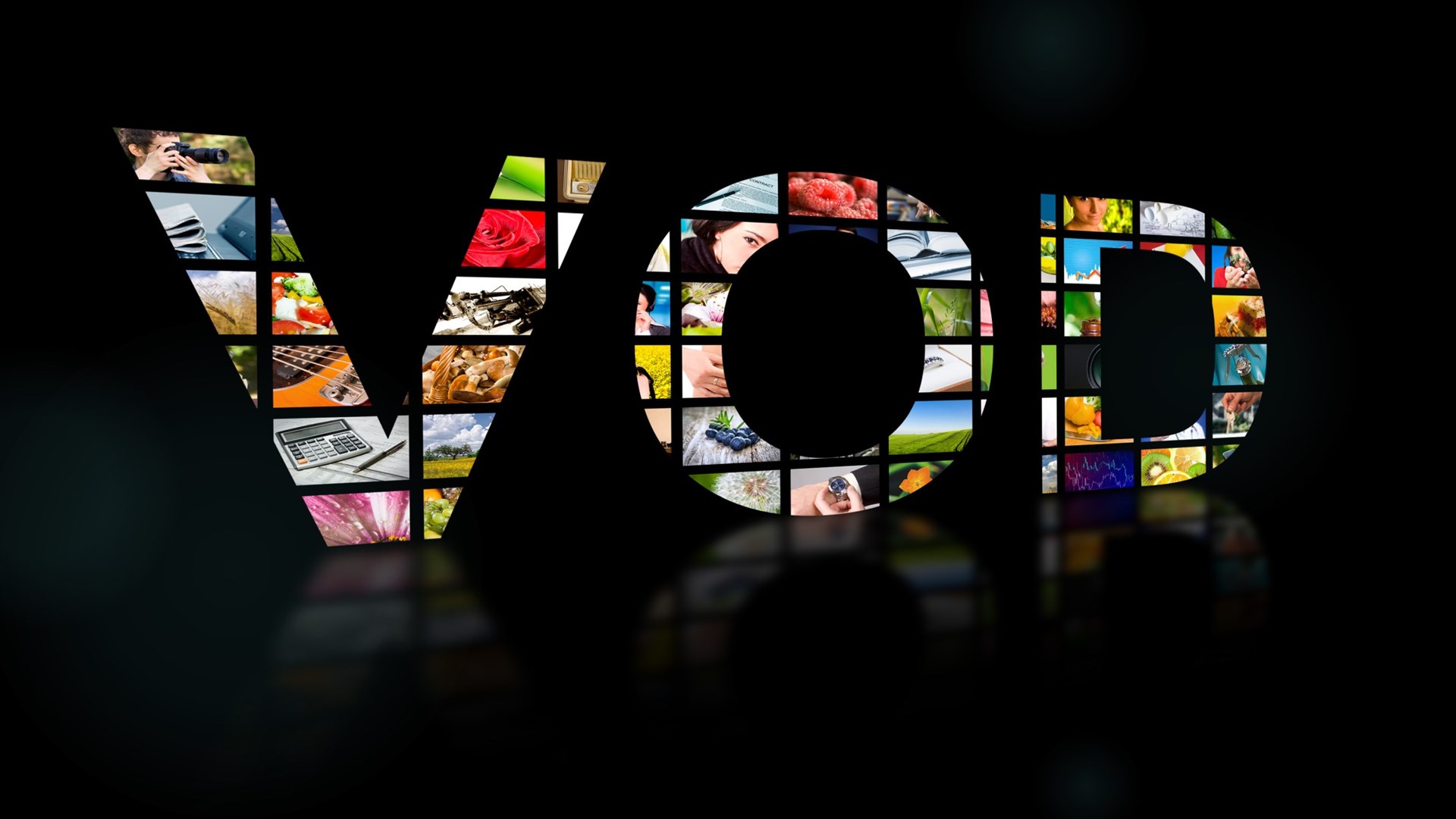
By BMI-T
In this stream the focus is on VOD adoption and how this relates to broadband connectivity options as one of the driving factors behind fibre to the home (FTTH) uptake.
The global trend away from watching linear TV is steadily taking root in South Africa. Binge-watching is not entirely new (it started way back when, at the video rental shop), but really took off digitally about a decade ago in the form of illegal copying and sharing movies, which were originally downloaded using torrent services. South Africans then embraced a new wave of binge watching of major TV series such as Game of Thrones, spurred by massive growth in choice and quality of content from production houses like HBO. More recently, Netflix also moved into its producing own content, as a means of gaining greater control over the entire content value chain.
Some households will have more than one service, which is not reflected in these numbers, hence the total number of actual subscriptions would be higher than this.
Forecasts are based on assumptions related to how quickly uptake will happen in reality, taking into account current interest levels in subscribing to a VOD service and projecting the realisation of this interest to a date five years into the future. The 2015 base value consists mainly of DStv’s own offerings, making up 95% of the nearly 400,000 estimated VOD users at that time.
Most South Africans consume these services using TV sets and a decoder, followed by PCs and tablet devices, respectively. Uptake of streaming devices is extremely low - in fact almost insignificant at 1% - according to BMI-T's DLP survey (contrasted against 25% penetration of US households as of 2015). Of these, Apple TV has the most interest locally, probably influenced by consumer familiarity with with Apple products in general, rather than an actual awareness and understanding of the Apple TV system. To be fair, the US has a long-established cable TV tradition.
Fibre to the home is likely to reach as many as 360,000 active connections in South Africa by 2019, according to BMI-T's Outlook for FTTx in South Africa report. This date could be pushed back, as uptake levels are still a wildcard, despite the rapid spread of deployment initiatives, and bold intentions stated in terms of ‘homes passed
VOD (video-on-demand) is still a fledgling market locally, according to BMI-TechKnowledge’s 2015 Digital Lifestyle Predictor (DLP) household survey [1]. When respondents were asked to name VOD providers in South Africa, only 18% mentioned pure play VOD providers. What stood out in the VOD space is the strength of the leading subscription TV player in terms of awareness, contrasted against low levels of awareness of the pure play VOD providers.
Prior to that many South Africans used the service by opening a fake American account as a work-around. The service arrived with a restricted content range, so as not to infringe on pre-existing rights enjoyed by other distributors in the local market. However, its range of movies, TV series and documentaries is still impressive, and certainly much larger than that of local VOD players like ShowMax.
South Africa's VOD market is in infancy, but no fewer than two of the earliest services have already closed shop - Altech Node in September 2015 and Vidi in early 2016. Were these services ahead of their time, poorly executed, or just stifled by heavy competition from bigger players?
Naspers is already a major participant in the both the online world in general (most notably through China's Tencent) and in the electronic media space in general, through MultiChoice. The latter covers large swathes of the African continent with its DStv offering, which dominates the subscription TV market in nearly all of the 50 countries in which it operates. It also holds major content property rights through its ownership of SuperSport.


